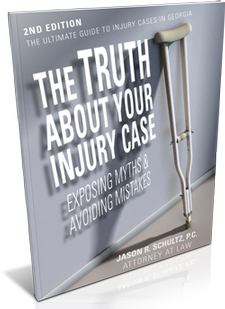Box trucks and tractor-trailers are another matter. The Federal Motor Carrier Safety Administration states that winds (gusts or sustained) of 25+ mph can have a detrimental impact on driver control; a truck’s large side surface area gives wind some good leverage. Trucks might sway, which could shift the weight of incorrectly loaded cargo and create a hazardous situation, or even tip over. Sudden braking due to control issues may lead to underride accidents or jackknifing. Open loads sometimes fall onto the roadway, jeopardizing others.
Good counters to windy conditions include lowering your speed, maintaining a safe distance from the vehicle in front of you, and checking the weather forecast before departing.
Drivers are ultimately responsible for their actions, including taking weather conditions into account. If you are injured due to the negligence of another driver, contact our experiences attorney to protect your rights.

 According to the Federal Highway Administration,
According to the Federal Highway Administration, 
